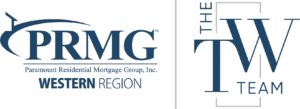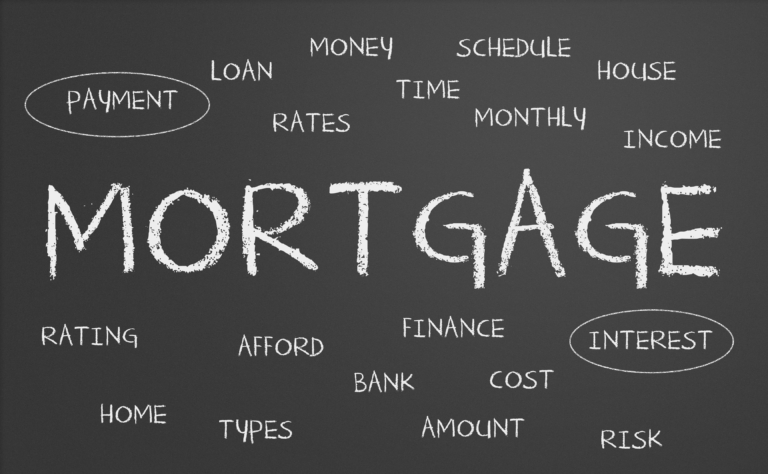Are you dreaming of owning a home but concerned that your lack of traditional income and asset documents might hinder your chances of getting approved for a mortgage? Don’t worry! While traditional lenders typically require standard documentation such as pay stubs, tax returns, and bank statements to assess a borrower’s financial stability, there are alternative methods to demonstrate your creditworthiness and secure a mortgage. In this blog post, we will explore several strategies and options that can help you qualify for a mortgage without traditional income and asset documents.
1. Bank Statement Programs
One option to consider is a bank statement program. Instead of relying solely on income documentation, these programs focus on your bank statements to assess your financial situation. Lenders will review your personal or business bank statements over a specified period, typically 12 to 24 months, to evaluate your income and determine your eligibility for a mortgage. This is particularly beneficial for self-employed individuals, freelancers, or those with non-traditional income sources.
To maximize your chances of qualifying under a bank statement program, it’s essential to maintain a consistent and healthy bank balance, as well as demonstrate a reliable cash flow. Lenders will typically analyze your deposits and review any potential red flags, such as overdrafts or large unexplained deposits. Be prepared to provide a detailed explanation for any irregularities and document the source of your income.
2. Debt-Service Coverage Ratio (DSCR) Loans
Debt-Service Coverage Ratio (DSCR) loans are another option for borrowers without traditional income and asset documents. These loans focus on the cash flow of the property you intend to purchase rather than your personal income. The lender evaluates the property’s potential income, such as rental income, and compares it to the property’s expenses, including the mortgage payment, taxes, insurance, and maintenance costs.
To qualify for a DSCR loan, the property’s cash flow must meet a minimum required ratio set by the lender. This ratio ensures that the income generated by the property is sufficient to cover the expenses and mortgage payments. Keep in mind that lenders may also consider your credit score and down payment when assessing your eligibility for a DSCR loan.
3. Asset Depletion Programs
If you have substantial assets but limited traditional income, you may be eligible for an asset depletion program. This type of program considers your assets, such as savings, investments, retirement accounts, and real estate holdings, as a means to qualify for a mortgage. Lenders calculate your qualifying income by dividing your total assets by a predetermined number of months or years.
To qualify under an asset depletion program, it’s crucial to have sufficient liquid assets that can be easily accessed. Each lender may have specific guidelines and requirements regarding the types of assets they consider and the depletion rate applied. Working with a mortgage professional who specializes in these programs can help you navigate the process and optimize your chances of approval.
4. Non-Qualified Mortgage (Non-QM) Loans
Non-Qualified Mortgage (Non-QM) loans are designed for borrowers who may not meet the strict qualifying criteria set by traditional lenders. These loans provide more flexibility in terms of income verification and may consider alternative forms of income, such as rental income, investment returns, or even projected future income.
Non-QM loans often have different underwriting standards and may require a higher down payment or charge slightly higher interest rates compared to traditional mortgages. However, they offer an opportunity for borrowers with unique financial situations to obtain financing and achieve their homeownership goals.
5. Find a Co-Borrower or Co-Signer
If you’re having difficulty qualifying for a mortgage based on your individual financial situation, consider finding a co-borrower or co-signer.
A co-borrower is an individual who applies for a mortgage loan with you and shares the responsibility for repayment. A co-signer, on the other hand, agrees to assume the responsibility for the loan if you default.
Having a co-borrower or co-signer with a strong credit history and stable income can enhance your chances of qualifying for a mortgage. Their income and assets can be considered alongside yours, providing additional reassurance to lenders. However, it’s essential to carefully consider the implications and responsibilities involved before entering into a co-borrower or co-signer arrangement.
6. Build a Strong Credit Profile
While traditional income and asset documents are often the primary criteria for mortgage qualification, having a strong credit profile can also play a significant role in the approval process. Lenders will assess your creditworthiness based on factors such as your credit score, payment history, and outstanding debts. To improve your chances of approval, focus on building and maintaining a positive credit history.
Make sure to pay your bills on time, minimize your credit card balances, and avoid taking on excessive debt. It’s also advisable to review your credit report regularly to identify and resolve any errors or discrepancies. Building a strong credit profile demonstrates your financial responsibility and can compensate for the lack of traditional income documentation.
7. Work with a Knowledgeable Mortgage Professional
Navigating the mortgage process without traditional income and asset documents can be challenging, but you don’t have to do it alone. Working with a knowledgeable mortgage professional who specializes in alternative documentation programs is crucial to your success. They can guide you through the various options available, help you gather the necessary documents, and navigate the underwriting process.
A mortgage professional will assess your unique financial situation, understand your goals, and recommend the most suitable loan programs that align with your needs. They have the expertise and industry connections to identify lenders who offer alternative documentation options and negotiate on your behalf to secure favorable terms.
Conclusion
Qualifying for a mortgage without traditional income and asset documents may seem daunting, but it’s not impossible. By exploring alternative documentation programs, considering DSCR loans, asset depletion programs, non-QM loans, finding a co-borrower or co-signer, building a strong credit profile, and working with a knowledgeable mortgage professional, you can increase your chances of obtaining the financing you need to achieve homeownership.
Remember, each borrower’s situation is unique, and what works for one person may not work for another. It’s essential to evaluate your options carefully, assess your long-term financial goals, and seek professional guidance to determine the best approach for your specific circumstances.
If you’re ready to explore your mortgage options without traditional income and asset documents, including DSCR loans or other alternative documentation programs, don’t hesitate to reach out to me directly. As an experienced mortgage professional, I specialize in helping individuals navigate unique situations like yours. I can provide personalized advice, evaluate your financial situation, and guide you through the mortgage landscape with confidence.
Ready to explore your mortgage options without traditional income and asset documents? Contact me today to schedule a consultation and take the first step toward homeownership!
Note: The information provided in this blog post is for general informational purposes only and does not constitute financial advice. It is essential to consult with a qualified professional regarding your specific financial circumstances and mortgage needs.




